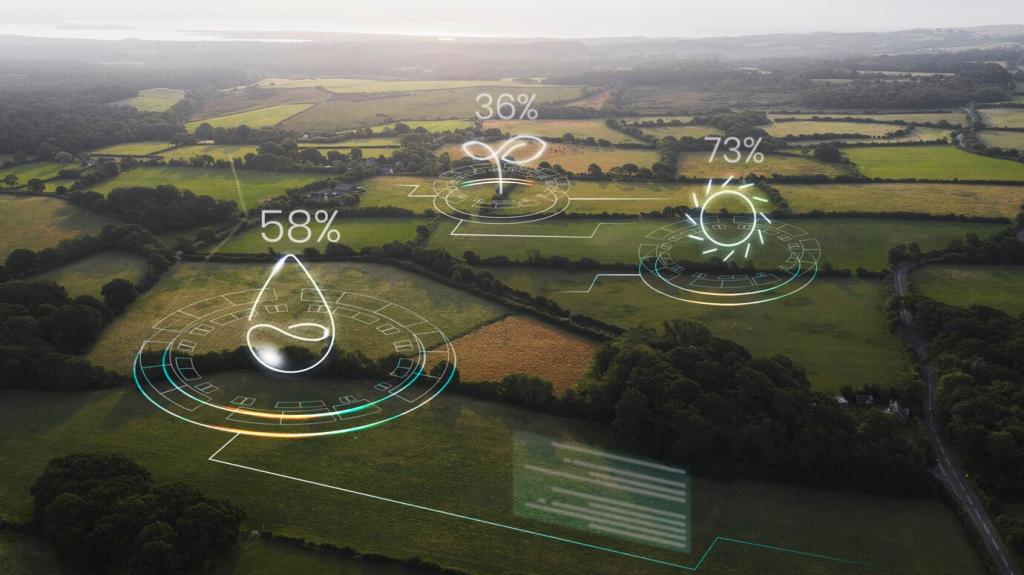
Adaptive Reuse and Circular Economy in Building Design
Adaptive reuse and the circular economy are reshaping the future of building design by promoting sustainability, efficiency, and resourcefulness. As the built environment faces urgent challenges—ranging from resource scarcity to environmental degradation—embracing new paradigms becomes essential. Through adaptive reuse, existing structures are transformed for new purposes, while the circular economy encourages closed-loop systems that minimize waste and maximize resource life cycles. By integrating these models, architects, developers, and city planners can create resilient buildings and communities that offer economic, environmental, and social benefits for generations to come.
Principles of Adaptive Reuse
Adaptively reused buildings often serve as living reminders of a region’s cultural and architectural history. By retaining original features, materials, and iconic design elements, these projects foster a sense of continuity between past and present. Preservation through adaptive reuse not only safeguards unique craftsmanship and stories embedded within walls but also revitalizes neighborhoods, inviting renewed appreciation and community pride. Ultimately, adaptive reuse bridges generational gaps, making heritage relevant and accessible to new audiences while maintaining urban vibrancy.

Circular Economy in Building Design
In a circular economy, buildings are conceived as material banks, with every component selected for its potential to be reused, repurposed, or recycled once it is no longer needed in its original context. Architects and engineers plan for easy disassembly, modular construction, and minimal use of composites that are difficult to reclaim. This foresight ensures that materials retain their value over long periods, ultimately reducing reliance on newly extracted resources and closing the loop in material cycles. The goal is a building lifecycle that never truly ends, but continually regenerates.
Repurposing buildings through a circular lens serves to maximize their asset value throughout successive life cycles. Instead of depreciating as single-use structures, buildings become platforms for ongoing adaptation and functional diversity. Owners and operators benefit from improved return on investment, reduced churn, and elevated market appeal, as properties can easily adjust to changing needs without the steep costs of demolition and new construction. This mindset not only preserves physical assets but also enhances economic resilience and long-term urban vitality.
